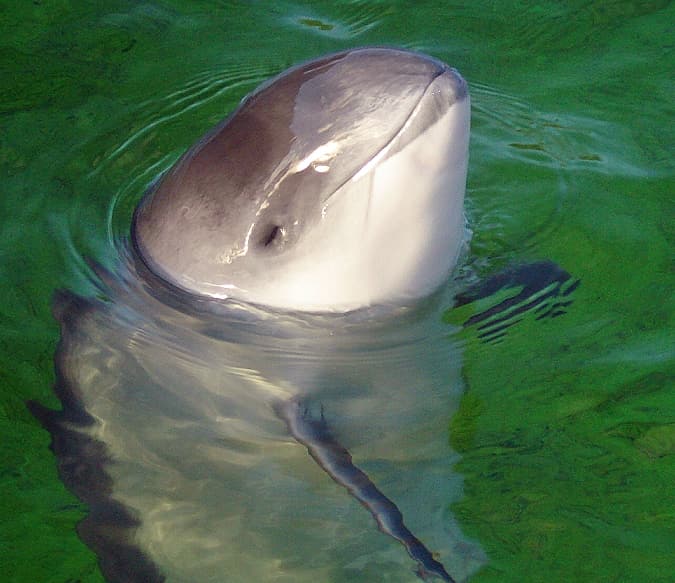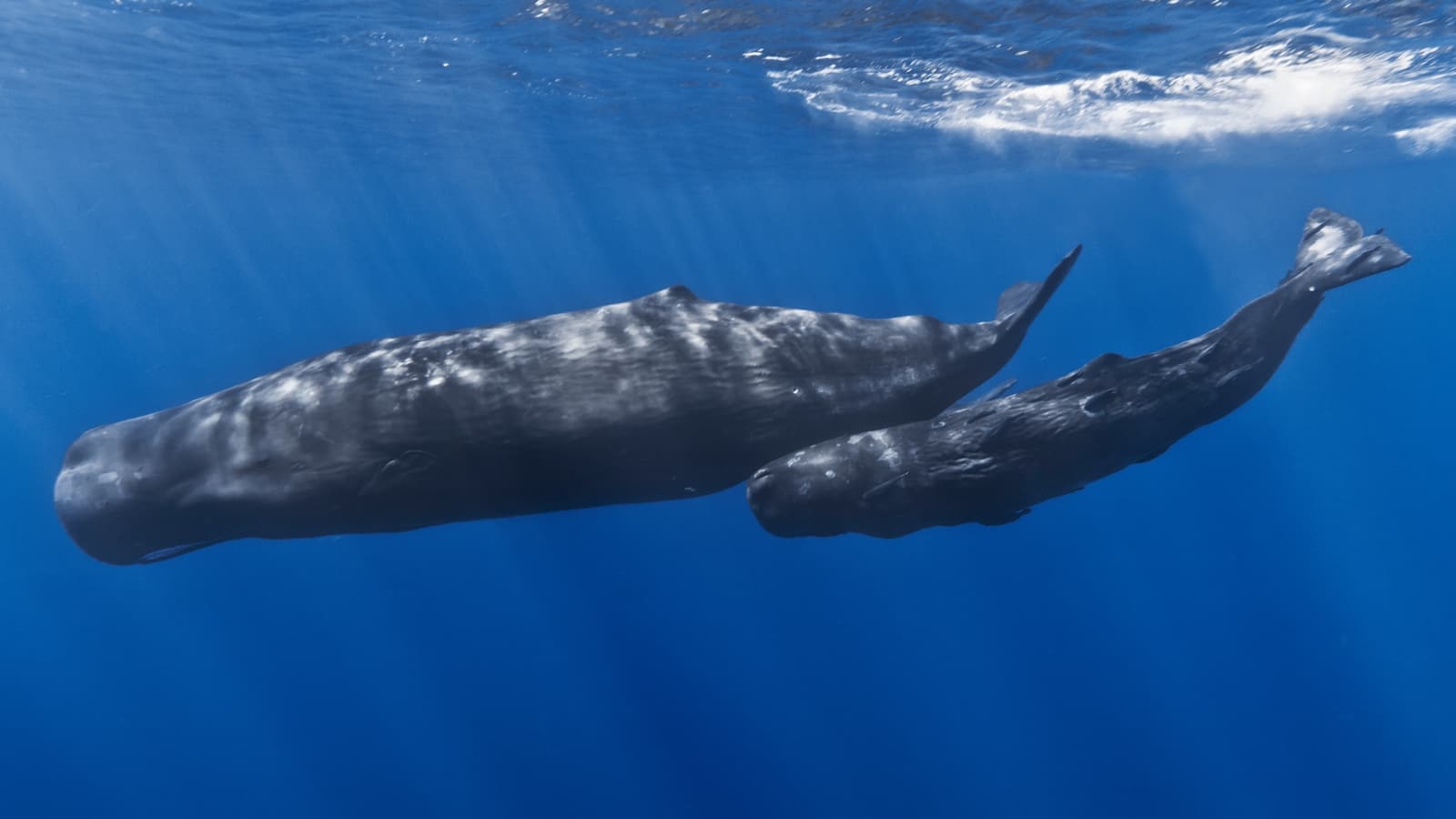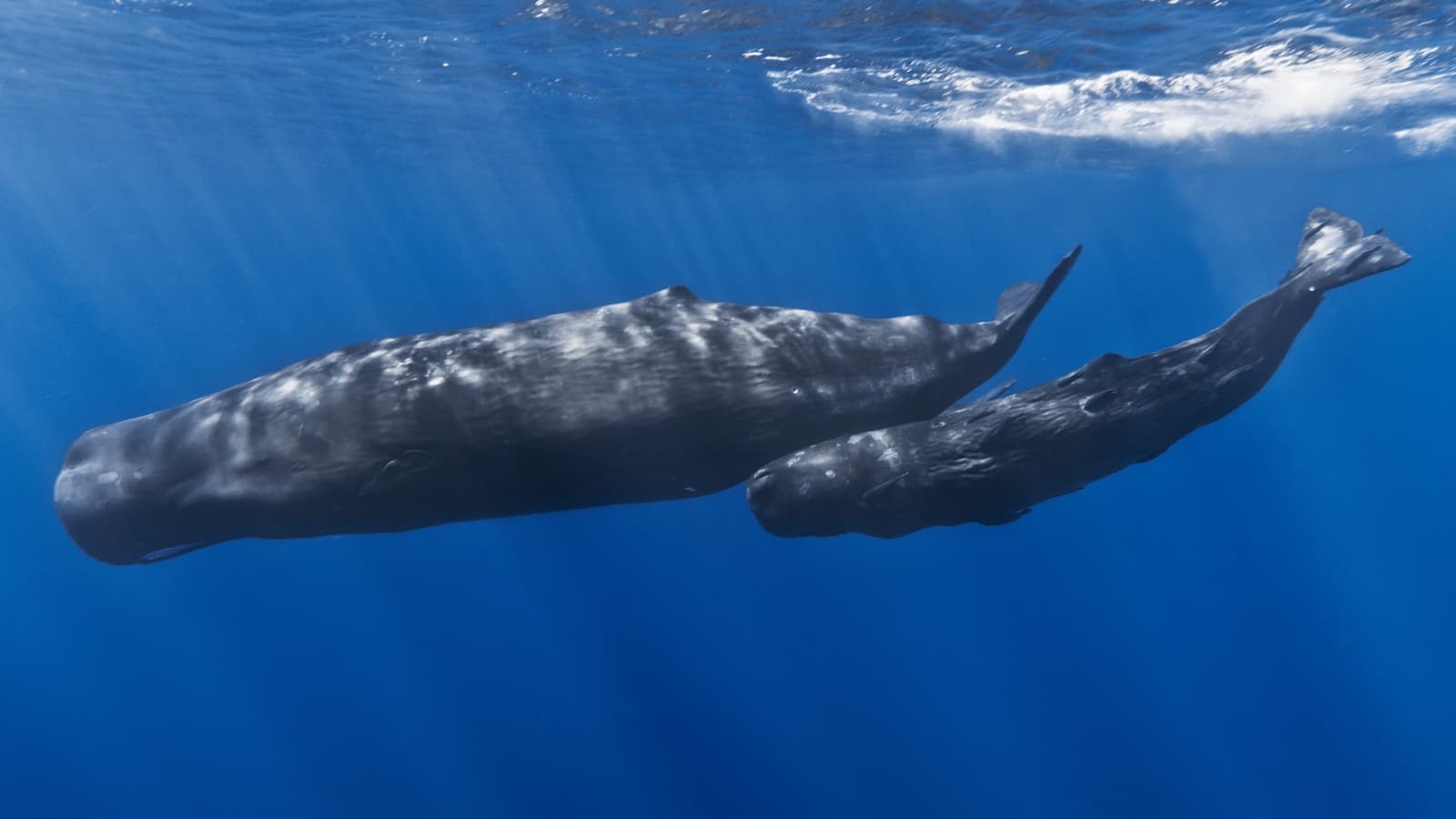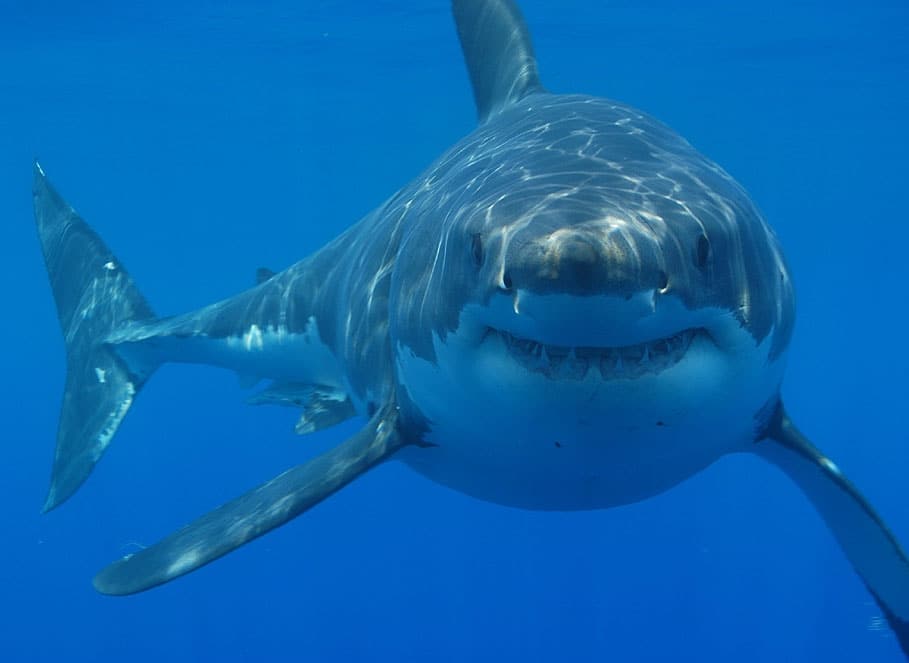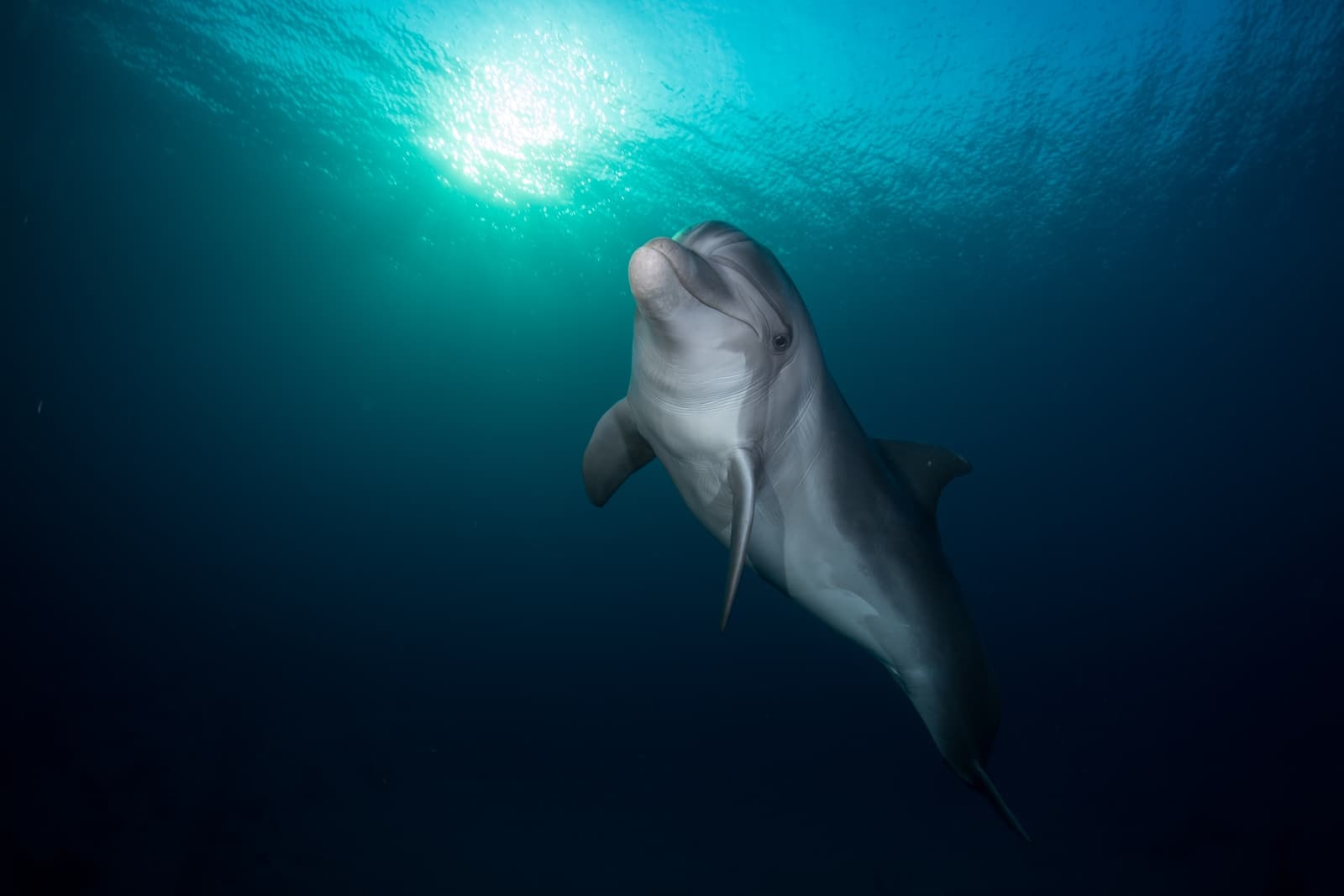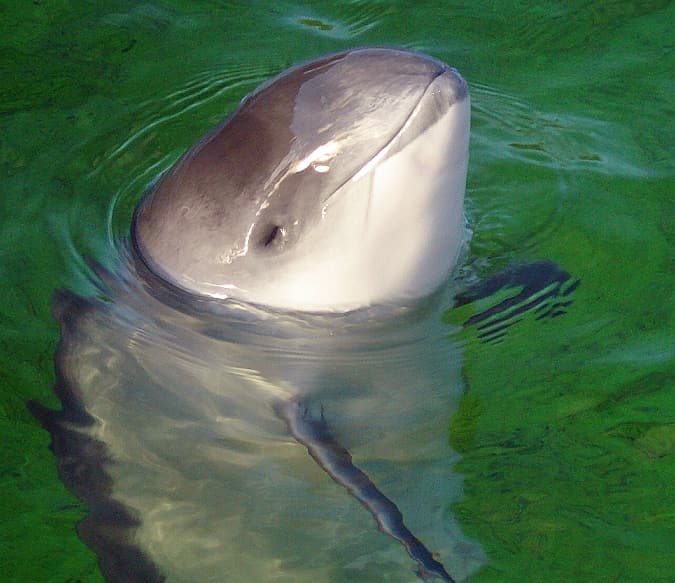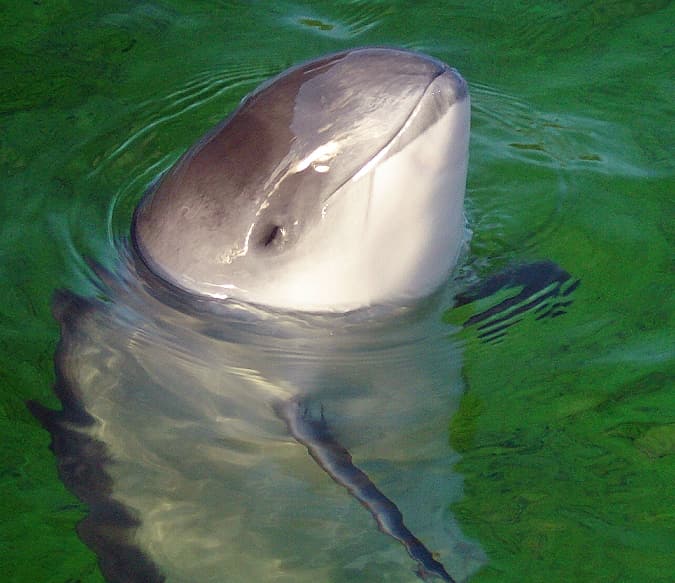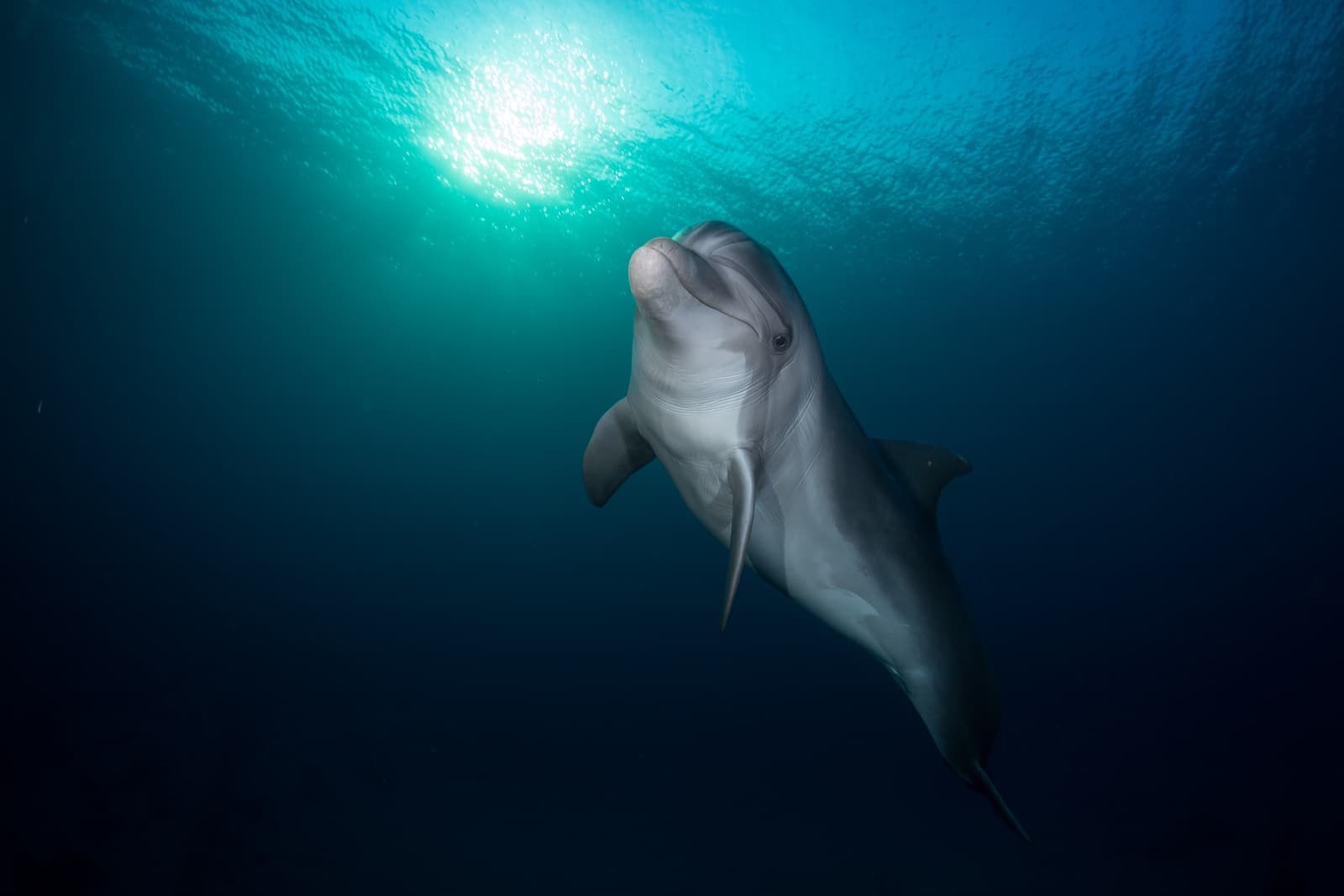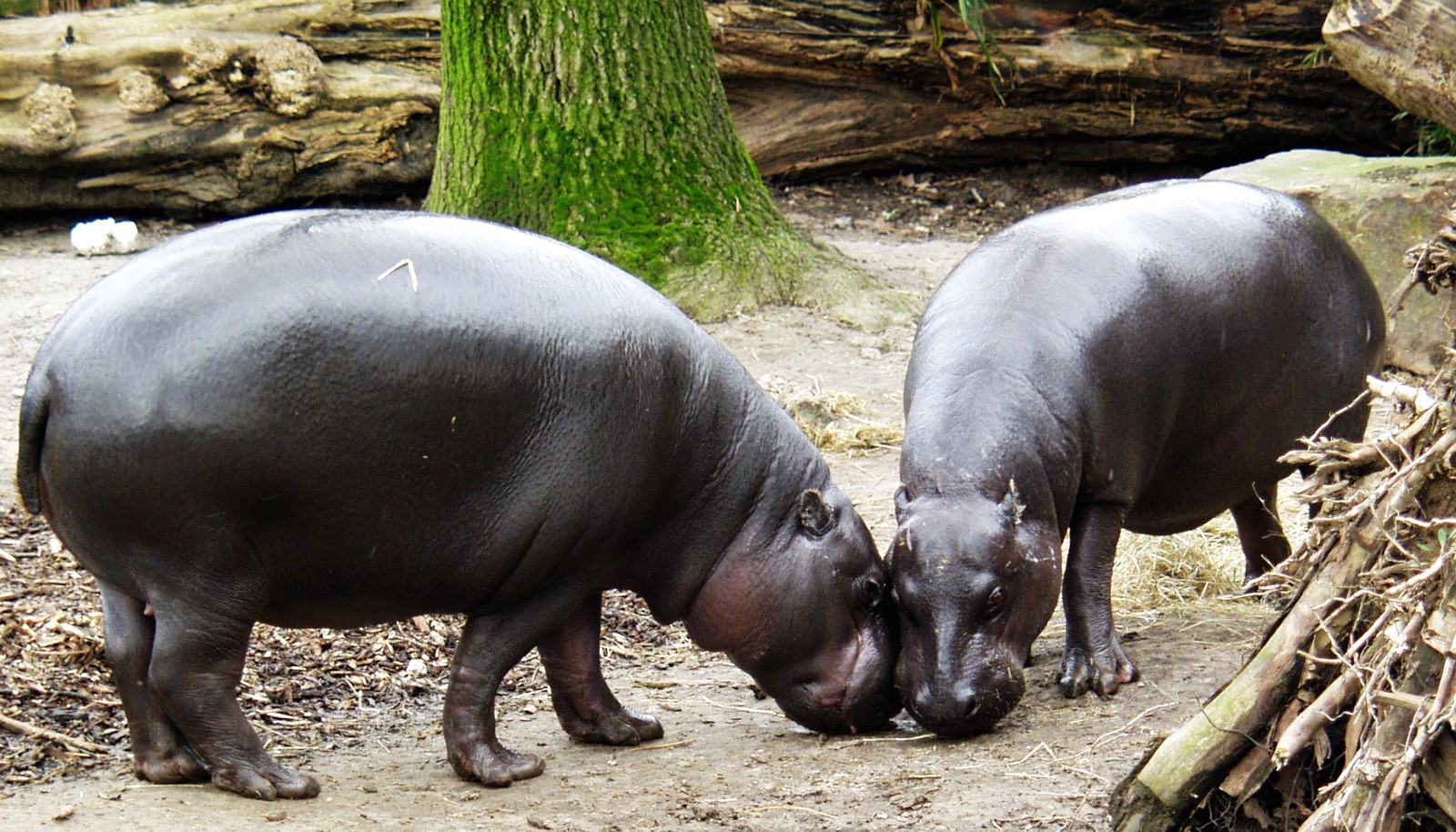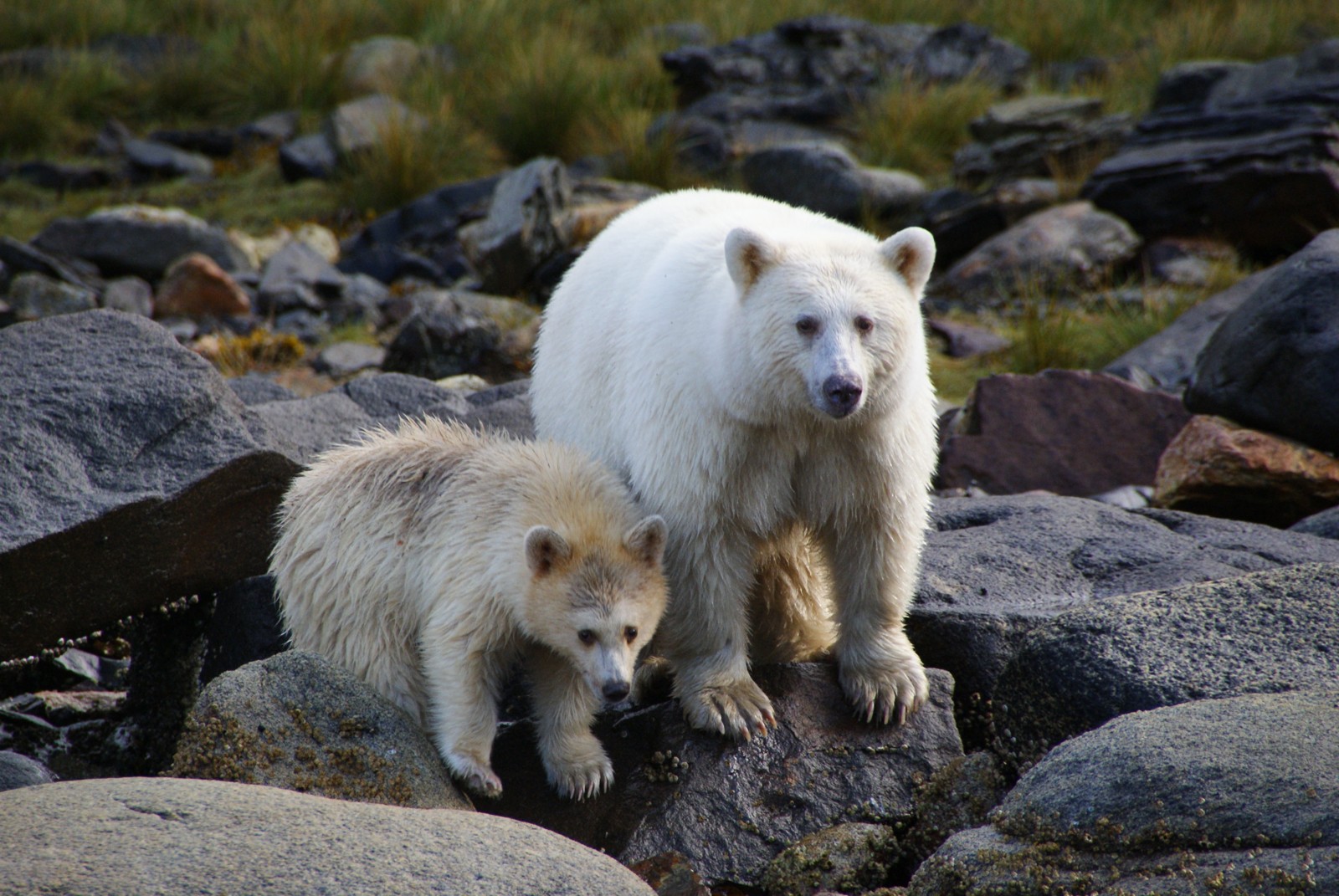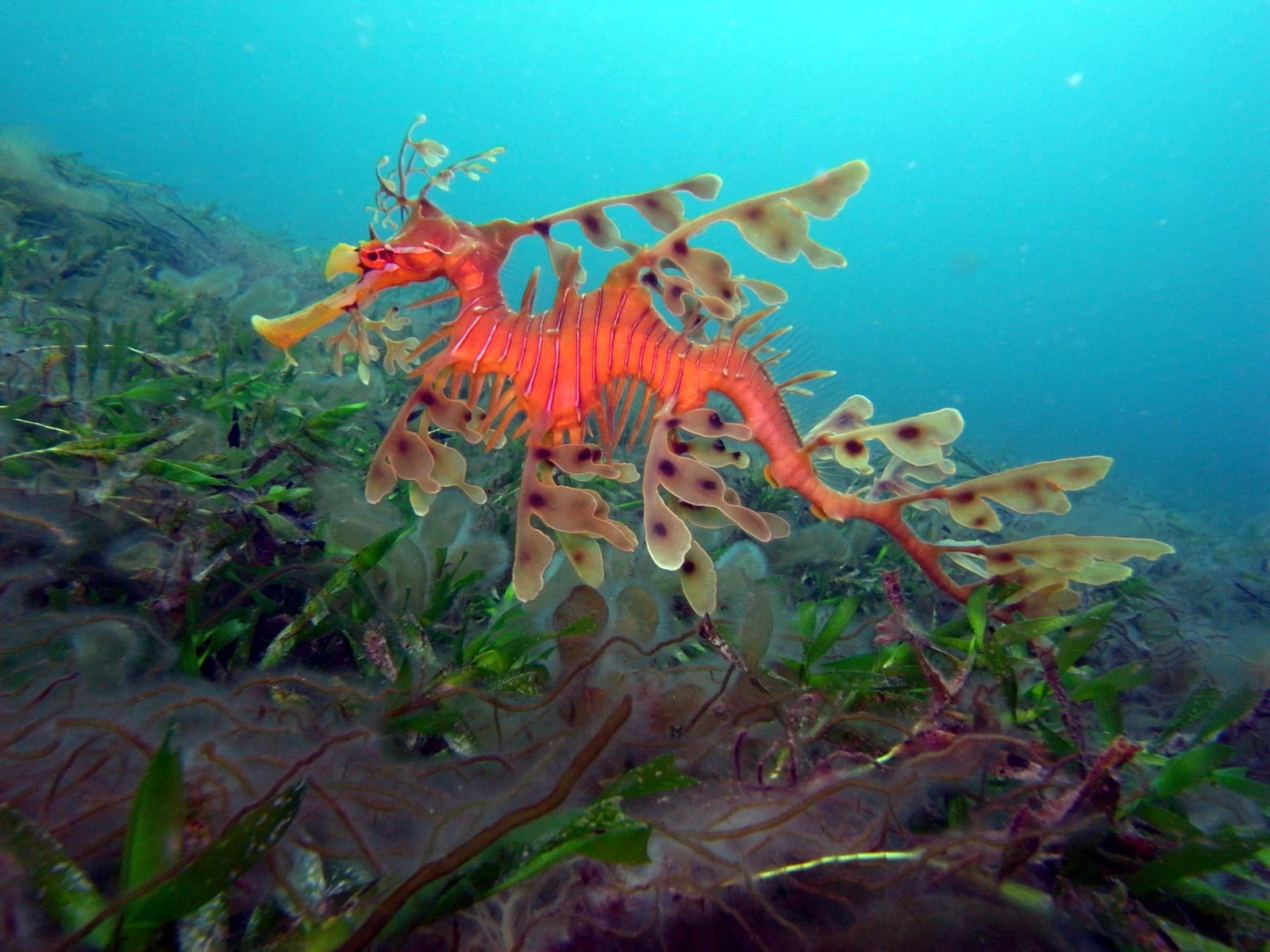Whale vs Dolphin: A Complete Comparison
The key difference between whales and dolphins lies primarily in their size and physical characteristics, though both belong to the cetacean family. While the largest whale, the Blue Whale, can reach lengths of 100 feet (30.5 meters) and weigh up to 200 tons, most dolphins rarely exceed 30 feet (9.1 meters) in length. This dramatic size difference represents one of several distinct features that separate these remarkable marine mammals.
Despite their shared ancestry, whales and dolphins have evolved distinct characteristics that set them apart. Whales typically have broader, more robust bodies with proportionally smaller dorsal fins, while dolphins showcase more streamlined frames with pronounced beaks (rostrums) and larger dorsal fins relative to their body size. These adaptations reflect their different hunting strategies and preferred habitats.
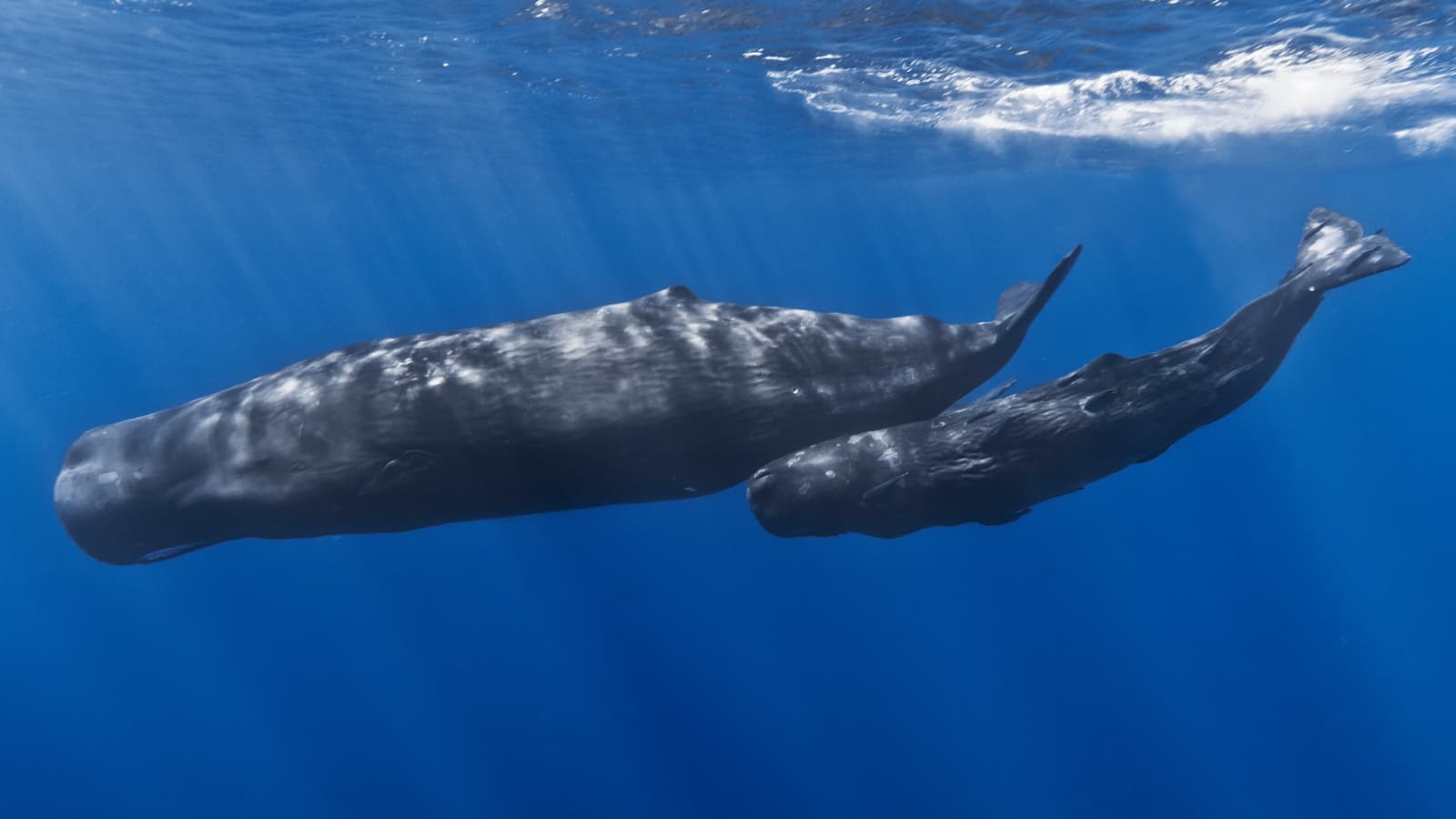
Sperm whales demonstrate the massive scale that distinguishes most whale species from their dolphin cousins. These deep-diving giants can reach depths of 7,382 feet (2,250 meters), showcasing the remarkable adaptations that separate whales from other marine mammals.
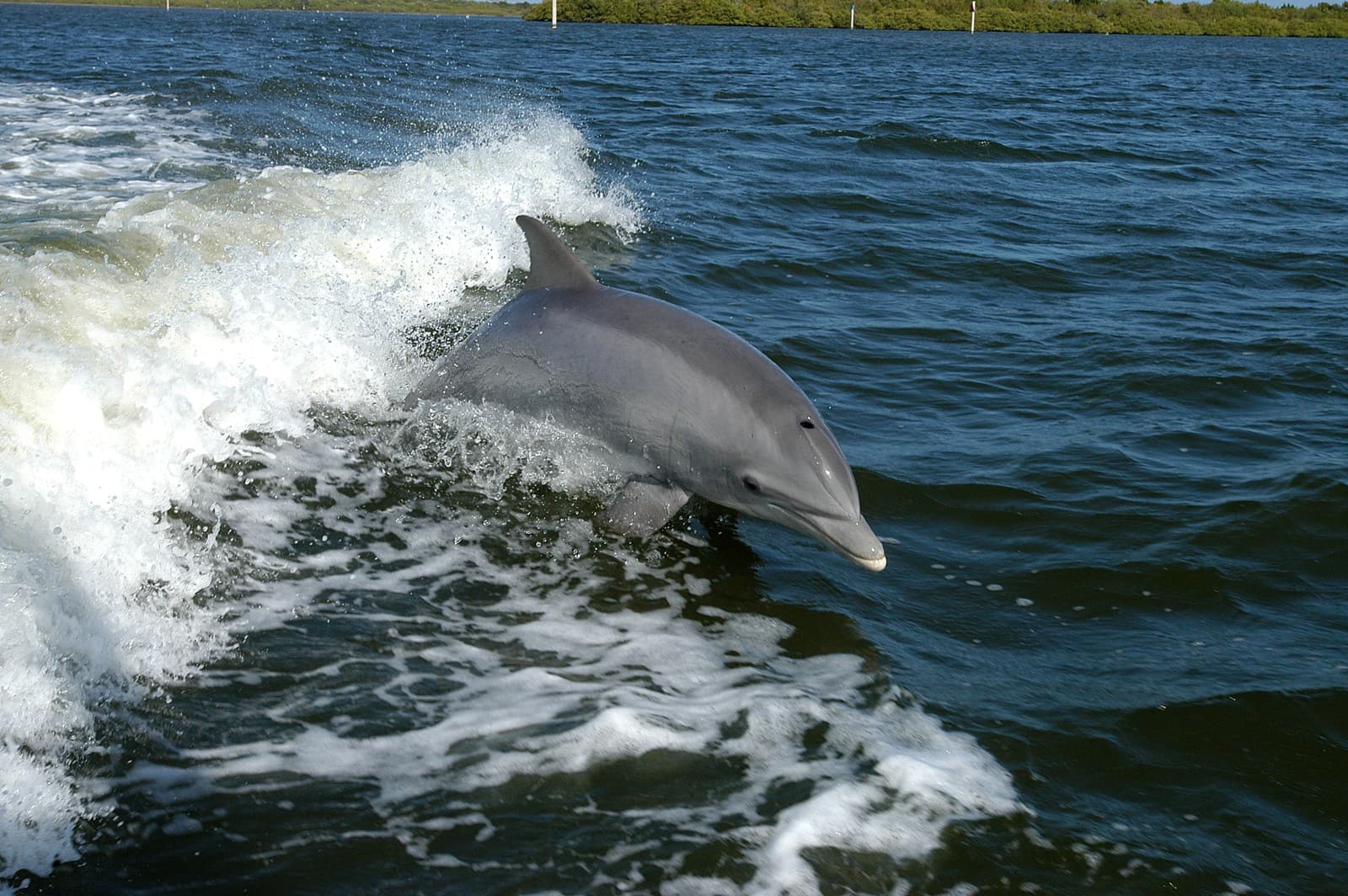
Bottlenose dolphins exemplify the agile nature and social behavior characteristic of dolphin species. Their smaller size and streamlined bodies allow for the acrobatic displays and complex social interactions that distinguish them from their larger whale relatives.
Key Differences Between Whales and Dolphins
| Feature | Whale | Dolphin |
|---|---|---|
| Size Range | 20-100 feet (6.1-30.5 m) | 4-30 feet (1.2-9.1 m) |
| Weight Range | 15-200 tons | 90-11,000 lbs (40-5,000 kg) |
| Diving Depth | Up to 7,382 feet (2,250 m) | Usually under 1,000 feet (305 m) |
| Social Structure | Often solitary or small groups | Large pods of 10-100+ individuals |
| Feeding Style | Filter feeding or deep diving | Active pursuit hunting |
| Habitat Range | Global oceans, typically offshore | Coastal waters and rivers |
Habitat and Distribution
Whales and dolphins show distinct preferences in their habitat selection. Most whale species prefer deeper, offshore waters where they can dive extensively for food or filter massive amounts of water for plankton. The largest whales, like Blue and Fin whales, regularly traverse entire ocean basins during their annual migrations.
Dolphins, conversely, often inhabit coastal waters and even rivers. Some species, like the Amazon River Dolphin, have evolved to live exclusively in freshwater environments. Their smaller size and agile nature make them well-suited to navigating shallower, more complex underwater terrain.
Hunting and Feeding Behavior
The hunting strategies employed by whales and dolphins reflect their size differences and habitat preferences. Baleen whales use specialized plates to filter tiny prey from enormous volumes of water, while toothed whales rely on echolocation to locate larger prey in the deep ocean.
Dolphins typically employ more active hunting techniques, often working in coordinated groups to herd fish into tight balls or trap them against shorelines. Their superior maneuverability and social nature allow them to execute complex hunting strategies that would be impossible for larger whales.
Social Structure and Intelligence
While both whales and dolphins demonstrate remarkable intelligence, their social structures differ significantly. Dolphins typically form larger, more complex social groups called pods, often numbering dozens or even hundreds of individuals. These pods maintain sophisticated social hierarchies and demonstrate remarkable cooperative behaviors.
Whales, particularly the larger species, tend to be more solitary or form smaller family groups. However, species like Humpback Whales show complex social behaviors during breeding seasons, including their famous songs that can travel for miles underwater.
Conservation Status and Threats
Both whales and dolphins face significant challenges in today’s oceans. While commercial whaling has largely ceased, many whale species remain endangered due to historical hunting practices. Modern threats include ship strikes, entanglement in fishing gear, and ocean noise pollution.
Dolphins face similar challenges but are particularly vulnerable to coastal development, pollution, and bycatch in fishing operations due to their nearshore habitats. Their smaller populations and limited ranges make some dolphin species especially susceptible to local extinctions.
Through understanding the distinct characteristics and challenges of whales and dolphins, we can better appreciate these remarkable marine mammals and work to ensure their survival for future generations.
